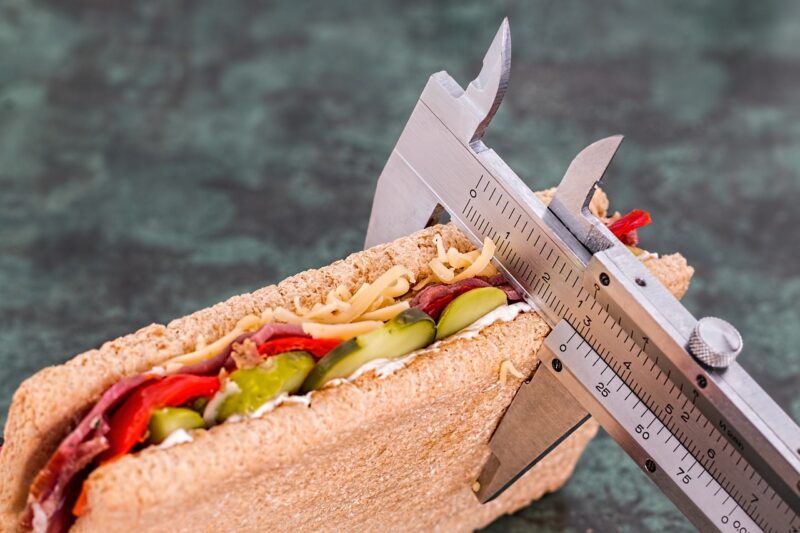Everything You Need to Know About Fat Loss and How to Make It Last
November 14, 2024

In a world obsessed with weight loss, fat loss takes center stage. But it’s not just about fitting into those old jeans or looking good at the beach; it’s about improving your overall health and well-being. Understanding fat loss and implementing strategies to sustain it can lead to lifelong benefits. Here, we cover everything you need to know about fat loss and how to make it sustainable.
1. Understanding Fat Loss
Fat loss is the reduction of fat tissue in the body, often achieved through diet, exercise, and lifestyle changes. It’s crucial to differentiate between fat loss and weight loss, as the latter can include water and muscle mass reduction. Fat loss is a healthier and more sustainable method for achieving a better body composition.
Key Terms:
- Total Daily Energy Expenditure (TDEE): The total amount of calories you burn in a day, including all physical activities and bodily functions.
- Caloric Deficit: Consuming fewer calories than your TDEE, forcing the body to use stored fat for energy.
- Body Composition: The ratio of fat mass to lean mass (muscle, water, bones) in the body.
Fat loss occurs when you maintain a caloric deficit over time. The body relies on stored fat for energy, leading to a reduction in overall fat mass. However, this isn’t just a numbers game; a well-rounded approach is necessary for lasting fat loss.
2. The Science Behind Fat Loss
Understanding the physiological mechanisms at play is vital for sustainable fat loss:
- Metabolism: Your metabolic rate determines how quickly your body converts food into energy. Genetics, age, and muscle mass can affect your metabolism. Building muscle through resistance training can help enhance your metabolic rate.
- Hormones: Hormonal fluctuations influence fat storage and breakdown. Insulin, cortisol, and leptin play pivotal roles in fat metabolism. Balancing your hormones through diet and exercise can greatly impact your fat loss journey.
- Energy Balance: The energy balance equation (calories in vs. calories out) is fundamental to fat loss. You can create a caloric deficit through diet, increased physical activity, or a combination of both.
For effective fat loss, it’s essential to maintain a balance between caloric intake and expenditure while being aware of physiological factors that could influence this balance.
3. Crafting Your Fat Loss Plan
Every fat loss journey is different, but here’s a general framework to create a fat loss plan that works for you:
- Set Realistic Goals: Aim for a realistic rate of fat loss, typically around 1-2 pounds per week. Setting small, manageable goals will keep you motivated and less likely to experience burnout.
- Monitor Your Diet: Keep a food diary or use apps like MyFitnessPal to track your caloric intake. Prioritize whole foods, such as lean proteins, whole grains, fruits, and vegetables.
- Incorporate Exercise: Combining cardiovascular exercise with strength training will help maximize fat loss while preserving lean muscle mass. Aim for at least 150 minutes of moderate aerobic activity per week, along with two days of strength training.
- Stay Hydrated: Drinking sufficient water is essential for metabolism and can help reduce appetite. Aim for at least 8-10 cups of water daily.
- Get Enough Sleep: Aim for 7-9 hours of quality sleep each night, as sleep deprivation can increase hunger hormones and cravings while reducing the hormone that signals fullness.
By carefully monitoring your habits and adopting a holistic approach, you can create a sustainable fat loss plan tailored to your lifestyle.
4. Common Pitfalls to Avoid
On the journey to fat loss, avoiding common pitfalls can mean the difference between success and failure:
- Fad Diets: Avoid extreme restriction diets that promise rapid results. They are often unsustainable and can lead to nutritional deficiencies or a rebound effect.
- Neglecting Strength Training: Some people focus solely on cardio and neglect resistance training, which is essential for maintaining muscle mass during fat loss.
- Emotional Eating: Many turn to food for comfort. Recognizing emotional triggers and finding alternative coping mechanisms, such as mindfulness techniques or physical activities, is crucial.
- Setting Unrealistic Expectations: Sudden drastic changes can lead to disappointment. Focus on gradually making changes that lead to a healthier lifestyle.
Awareness of these pitfalls can help you navigate better decisions on your fat loss journey.
5. Making Fat Loss Last
Sustainability is the cornerstone of successful fat loss. Here’s how to make your fat loss last:
- Maintain the Changes: Instead of going on and off diets, create a lifestyle that includes healthy eating and regular physical activity.
- Listen to Your Body: Adjust your diet and exercise based on how you feel. Recognizing signs of fatigue or hunger can help prevent overeating or exhaustion.
- Practice Self-Compassion: Understand that setbacks are a part of any journey. Don’t be too hard on yourself if things don’t go as planned. Learn from them and move forward.
- Regularly Reassess Goals: As you progress, re-evaluate your goals and adjust them as needed. This will help keep you motivated and focused.
Creating a lifestyle around healthy habits will ensure that your fat loss journey isn’t just a phase, but a long-term way of living.
Conclusion
Fat loss is a common goal but achieving lasting results requires a well-rounded approach. By understanding the science behind fat loss and employing sustainable methods, you can improve your body composition while enhancing your overall health. Avoiding common pitfalls and remaining flexible with your goals will empower you to take charge of your fat loss journey.
Stay patient, stay persistent, and most importantly, stay committed to your overall well-being. Ultimately, the goal is not just to lose fat, but to gain health and happiness that lasts a lifetime.






